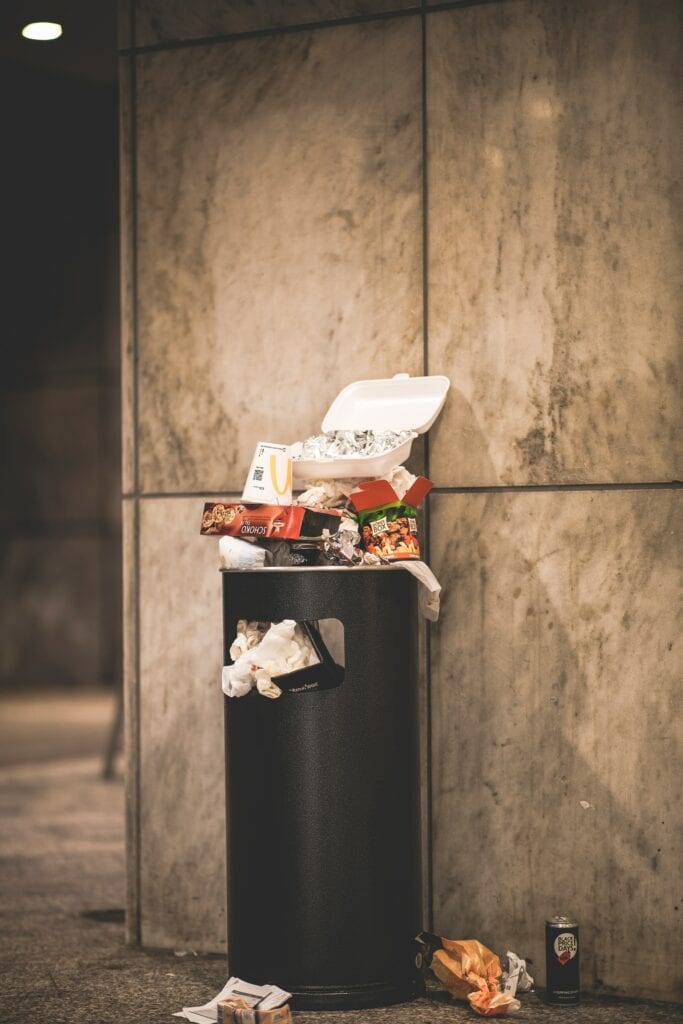Every inhabitant of Croatia throws away 75 kilograms of food a year. Most food is thrown away during the holidays. Many holiday delicacies end up in waste, which is an unnecessary expense for consumers and will harm the environment.
According to statistics, most food is thrown away by younger employees, high-income households and those with small children.
The solution, experts say, is to define and plan the menu. Because of the lavish offerings in stores, most consumers will buy what they don’t need.
– Planning shopping, planning weekly menus is a very good recommendation and advice, do not go shopping hungry, stick to shopping lists. If leftovers occur, be sure to use them, eat them at the next meal, or make a new dish out of them, said Dr. sc. Branka Ilakovac, president of the Center for Food Waste Prevention.

The most common reasons for throwing away food are buying too much and not using leftovers.
– The advantage is what has already happened in shopping malls, and these are smaller food packages where you do not necessarily have to buy 15 kg of potatoes than kg and a half, 2 and a half kg. This is actually an advantage where the customer chooses and automatically uses less, said VeeMee CEO Marko Kozjak.
It is least abandoned by the elderly and people with a developed environmental awareness.
– Therefore, by the time we come to buy that food, we have already generated some waste while that food was prepared for us. This is the segment of work that we do, and that figure of 75 kg could be much higher, says Kozjak.
Food waste that ends up in landfills is converted into methane – a greenhouse gas with a global warming potential 25 times greater than that of carbon dioxide.
More on:
https://vijesti.hrt.hr/570906/nepotrebno-bacanje-hrane
Your VeeMee advisor






 FACEBOOK
FACEBOOK
 TWITTER
TWITTER






